“Custom 3D printing has paved the way for producing chief auto parts and functional prototypes in shorter lead times. From virtual car parts design, such as steering wheels, to interior autocar dashboards, 3D printing technology has gained significance by providing tolerant and heat-resistive automotive parts.”
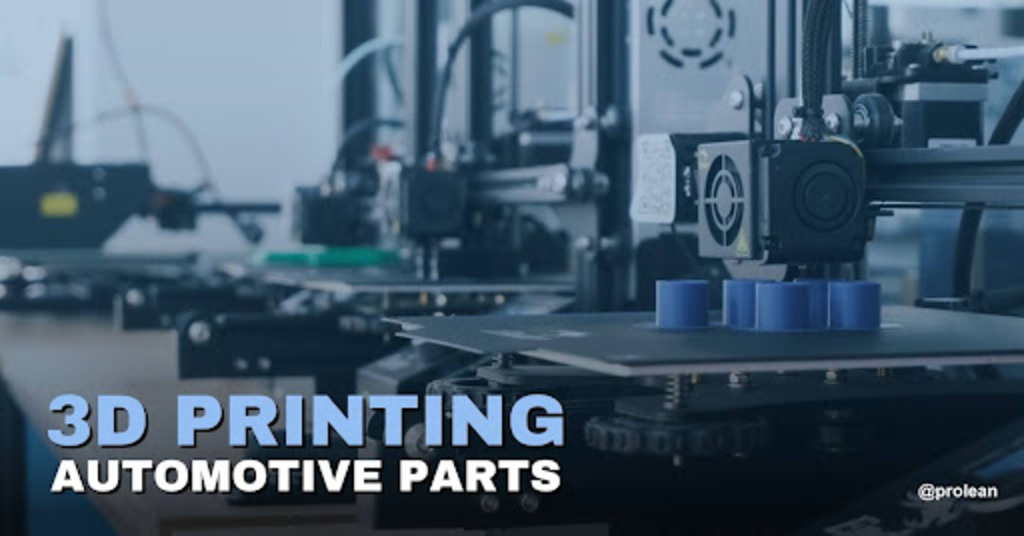
3d printing has been defined as the quickest process to create automobile parts. This technology has revolutionized the automotive industry by providing customization and resilient final car components in minimum time compared to traditional techniques. This technique provides affordability and high-strength end-use parts to various sectors, including automotive, aerospace, and rapid prototyping manufacturing.
Moreover, custom 3d printing helps design engineers create parts of tighter tolerance down to 0.005x. Moreover, it enables OEM designers to choose abundant 3d printing plastics exotic metals, and composites for making durable and high-quality 3d printing auto car parts.
The automobile structures are built of several small to large specification files from millimeter dimensions to inch precision tolerances. Therefore, parts needed to be inch-perfect for every prospect. To meet these basics, custom 3d printing plays a crucial role in meticulously manufacturing high-performance automotive car parts. This article helps you explore the enormous potential of custom 3d printing in automotive parts manufacturing.
Revolution of 3d Printing in the Automobile Industry
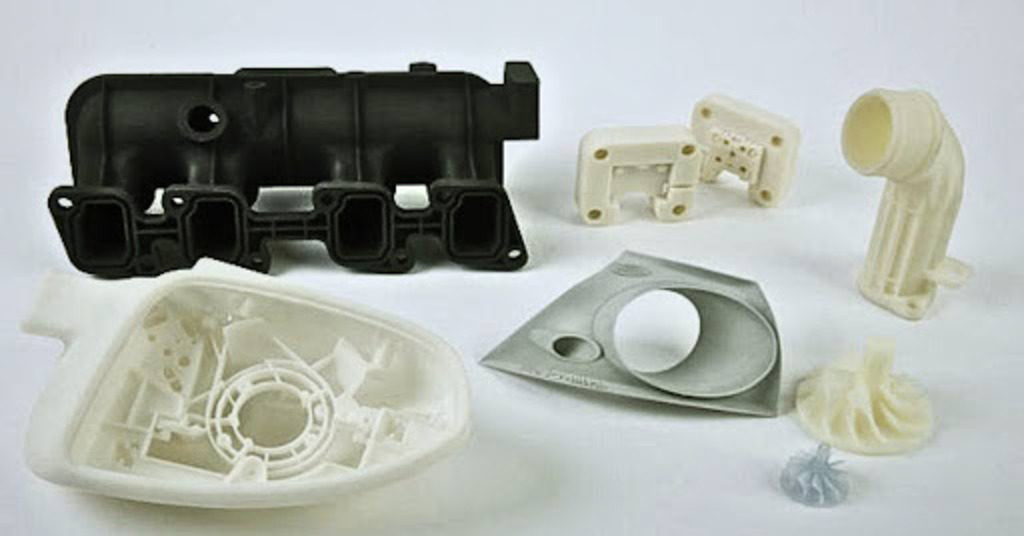
Custom automotive prototype parts
3d printing has revolutionized the automotive industry by providing lightweight yet durable automotive parts. The automobile industry is recognized as the world’s second-largest industry contributing about 2.60 trillion. approx.
The companies are heading to commence 3d printers for bulk volumes, as these user-friendly machines are consolidating the auto car market. These parts contribute to these sectors’ overall performance, efficiency, and mobility, usually acquiring automotive structural frames for the functionality and mobility of automobile components.
Compared to conventional CNC milling, and molding techniques, 3d printing takes typically minimum time to bring designed concepts to practicality.
The automotive industry vitally contributes around 80% of the scale economy globally. 3d printing creates featherlight automotive parts which eventually reduce heavy weights, and improve the overall performance of automotive vehicles.
Moreover, 3D printers are proven to be competitive, leading design creators from thin-wall components to mass-produced automobile components.
Try Prolean Now!
3D Printing For Custom Automotive Parts
The 3d printing technology rapidly designs critical prototype parts. It has revolutionized the product development phase of auto parts. With 3d printing, automotive designers can swiftly create 3d printing car body panels. In addition, 3d printing has optimized and shortened the development cycles of functional 3d printing car parts manufacturing. Here are some of the common automobile 3d printed parts.
High-Performance Car Engine Components
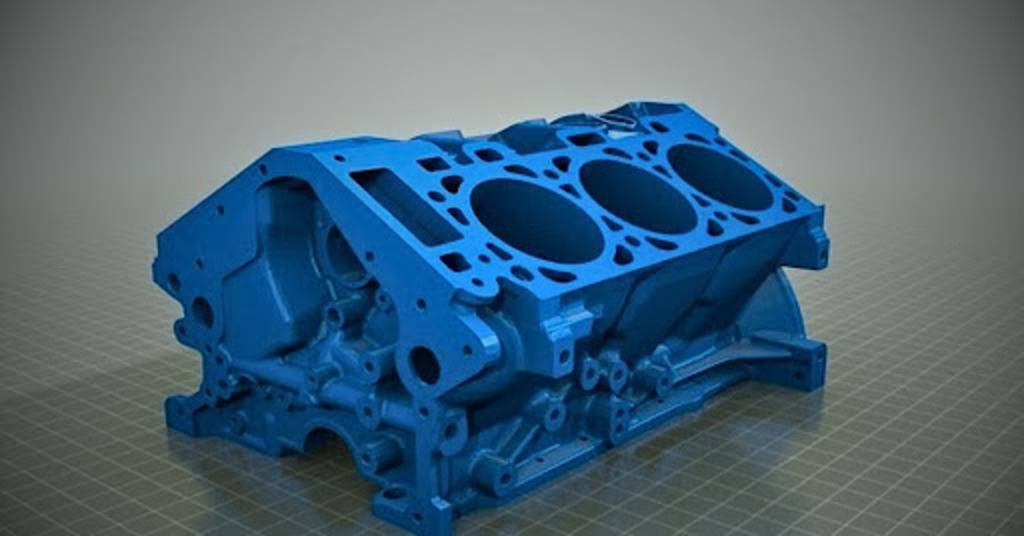
Automotive engine car component
Metal 3D printing technologies, such as electron beam melting, are often used to manufacture high-temperature profile engine components such as valves, turbochargers, connecting rods, etc.
These high-performance components are made from high-strength metals, including titanium, nickel-based alloys, and stainless steel.
Auto Cars Braking Systems
Automotive designers frequently use MPBF and fused filament fabrication technologies to create and design braking 3D-printed car parts. Similarly, braking parts such as brake discs and brake calipers and mundane parts like car brackets are 3D-printed using metals like aluminum and magnesium alloys.
3D Printed Transmission Components
Metal 3D printers are well known for printing car transmission parts. These parts are made of steel and titanium alloys. Some of the parts include gears, drive shifts, and torque converters. In general, 3D printing technologies like binding jetters, stereolithography (SLA), and fused deposition modeling printers are used for printing these sensitive car components.
Fire Trucks Manufacturing Through 3D Printing
Many firefighting service companies use industrial custom 3d printers for manufacturing many agile vehicles’ structural frameworks, such as; turntable ladders and portable pumps. It becomes an integral process for designing ergonomic fire engine parts.
These elements are needed to be durable, and chemically resistant to corrosion. That’s why designers deploy 3d printing for shaping these components. Some of the well reputable companies like Bocar, use in-house 3D printing for optimal performing fire engine components.
3d Printed Custom End-Use Auto Parts
Custom 3D printing processes like selective laser sintering (SLS), fused deposition modeling (FDM), and digital light process (DLP) are widely adopted to form end-use or final car parts without tooling requirements. Some common examples include interior chassis beams, custom fixtures, tooling equipment, etc.
Moreover, 3d printing car body panels are a great example of 3d printers. 3d printing of car final parts is usually cost-effective and allows design manufacturers to quickly turn virtual concepts into practical use components.
3D Printing Revamping In Building Racing Cars
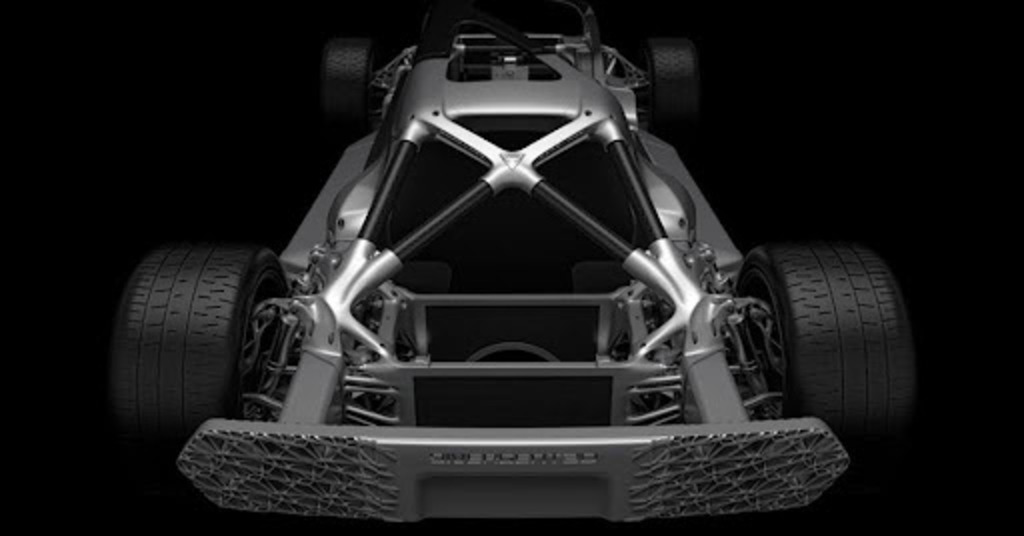
3D Structural framework racing car
3D printing automotive parts are vital for structural casing strengths, electromobility, and aesthetic enhancements of mechanical parts of auto cars. It is applied to manufacturing engineered design components, especially for racing cars.
The Original Equipment Manufacturers (OEMs) utilize customized 3d printing parts to improve the overall performance of racing cars. In parts making, usually PLA Materials are used because of their inflammability, and durability.
3D Printing Materials For Automobile Industry
3d printing incorporates various materials in EVs and HEV parts manufacturing. From engineered-grade plastics to high-strength alloys, they can be used according to the part-specific requirements.
Moreover, several composites are also compatible with 3d printing car parts. These materials provide electromotives to sustain their optimal performance and longevity. Here are some common automotive materials that can be printed for automotive parts making, mentioned below.
Table: Materials used in 3d printed car parts
|
Automotive Thermoplastics |
3d Printed Car Parts |
Automotive Metals |
3D Printed Car Parts |
|
ABS filaments |
Speed sensors, valves, brakes controller |
Aluminum |
Car suspension, and chasis components, |
|
Polylactic Acid (PLA) |
Dashboard trims, console components, and interior acents) |
Cold steel steel |
Transmission, and brake parts |
|
Polyamides |
Wheel covers, fuel caps |
Galvanized steel |
Chassis reinforcements, fasteners |
|
Polypropylene (PP) |
Car doors, cabin filters |
Titanium |
Brackets, mounts |
|
PA12 (Nylon) |
Engine parts, interior fixtures |
Copper |
Car radiators, intercoolers |
Try Prolean Now!
Get Quality Automotive Parts at Prolean Platform
Prolean helps businesses by providing high-fidelity customized prototyping solutions. Our 3d printing services are targeted to the interest of our valued customers. We offer a wide range of material flexibility intended for your part specifications and applications.
Our technical and sales team is dedicated to providing you with all the details on optimizing 3D printing for successful product development. Our in-house manufacturing lines are equipped with advanced, cutting-edge 3D printers, which can quickly turn your automotive part designs into the final product.
Our team has more than a decade of experience in manufacturing products, from simpler designs to complicated parts. Whether you need small-batch to large large-volume parts manufacturing, our faculty provides the best on-demand services. Moreover, our services are not limited to the automotive sectors, as we already have a satisfied community from aviation, medical, and industrial manufacturing businesses.
Contact us for an obligatory quote today!
Summing Up
Custom automotive 3d printing has become a more fascinating technique for its ability to quickly iterate and craft automotive car jigs and fixture components. It provides highly durable and performing automobile parts to enhance the performance of engines by saving fuel and providing durability and longevity. In addition to the revolution, 3d printers are now well-recognized across multiple automotive industries including Koenigsegg, BMW, hubcaps, etc. Further to manufacturing capabilities, 3d printing can swiftly design intricate mechanical automotive parts design, to larger parts, by providing affordability and ease of manufacturing. However, the process poses some limitations in terms of the lack of 3D design knowledge and the requirement of some experts. Besides these, 3d printing car parts manufacturing is now globally adapted for creating superior-performing parts in minimum turnarounds.
FAQ’s
Q1. Which Automotive Sectors contribute as leading Manufacturers?
Established automotive sectors that magnify the leading role include Volkswagen, BMW, and Ford. Automobile analysts predicted that the revenue contribution from the automotive sectors in 2029 will be around 9 billion USD.
Q2. Which 3d printed auto car prototypes are made through custom 3d printing?
3d printing is assumed to be a cheap, reliable, fast, and accurate process to produce high-fidelity prototypes. This technique helps you make conceptual designs in real time for functional testing, and iterate designs of actual products before initiating their production to mass volumes.
Q3. Which thermoplastic is considered to have the best performance for 3D printing automotive parts?
Among other thermoplastics, ABS filaments provide relatively higher printing ease than other polymers. It offers superior mechanical strength and heat resistance to the manufactured auto car parts.
Q4. Types of 3d printers for printing automotive part designs.
Automotive industries utilize several 3D printers to design intended car parts. These include standard filament-based printers, SLS, and resin-based printers.
Q5. What are the primary challenges for OEM designers in 3d printing automotive parts manufacturing?
3D printing automotive parts manufacturing is a relatively complex process compared to conventional techniques like injection molding, and machining. Generally, 3d printing is presumed to be a complex process that requires expert designers to manufacture car parts. However, in the current era, many technical institutes around the globe are trying to prepare young professionals for designing 3d prints by lacing hands-on experience in systematic 3d printing labs.

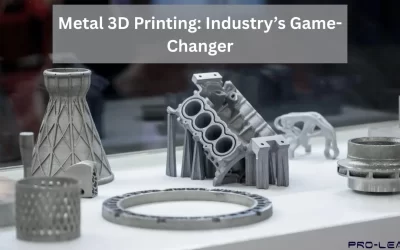
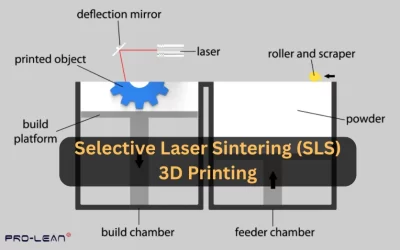

Great discussion on applications of 3D printing in automotive.
Thank you roken !